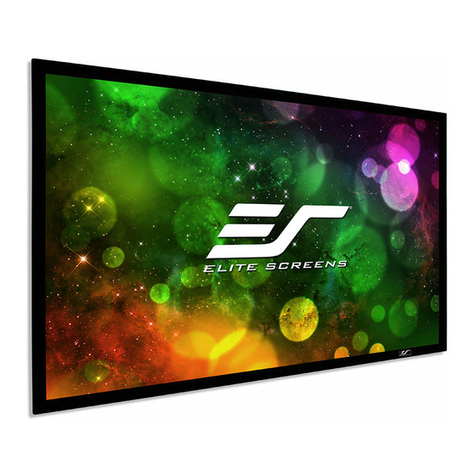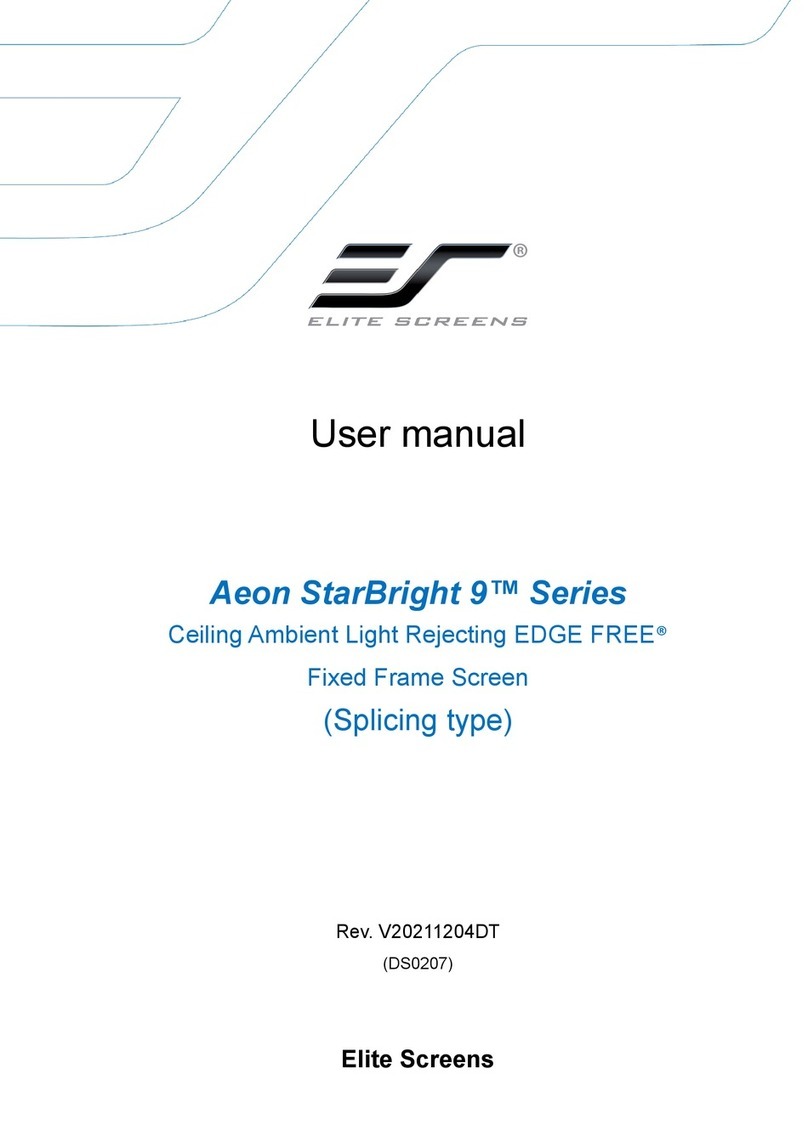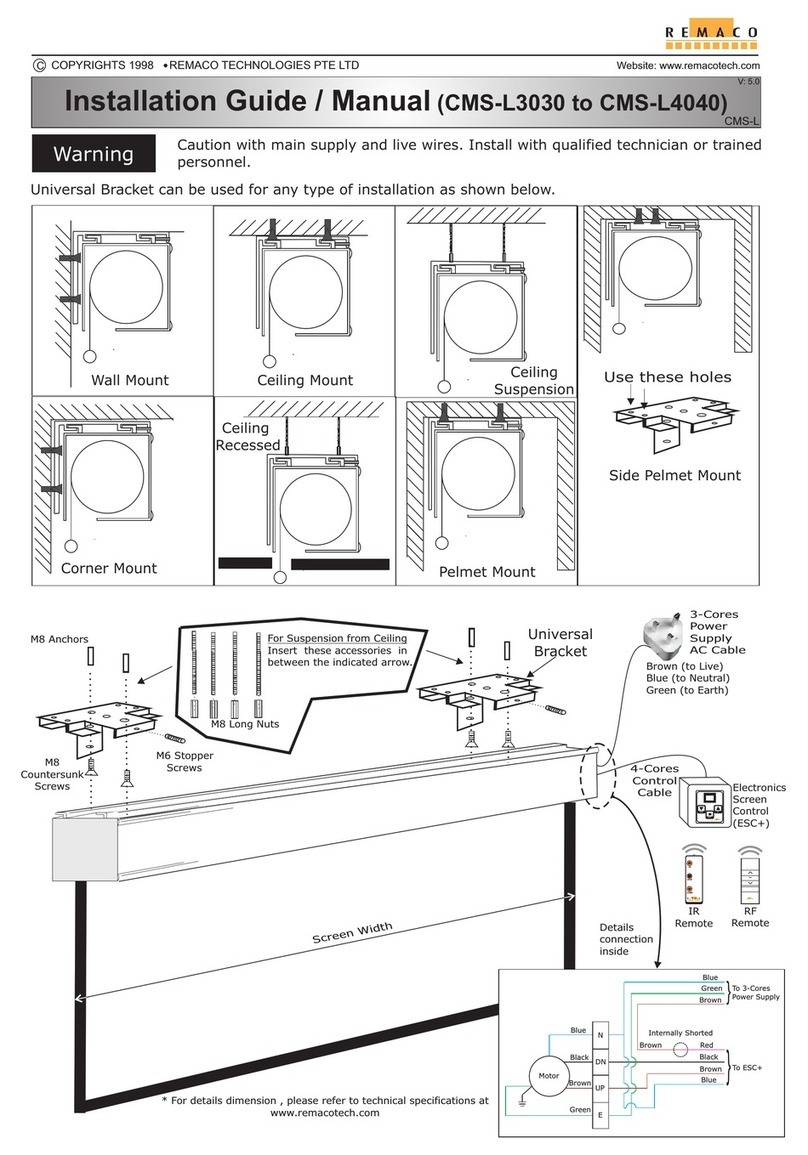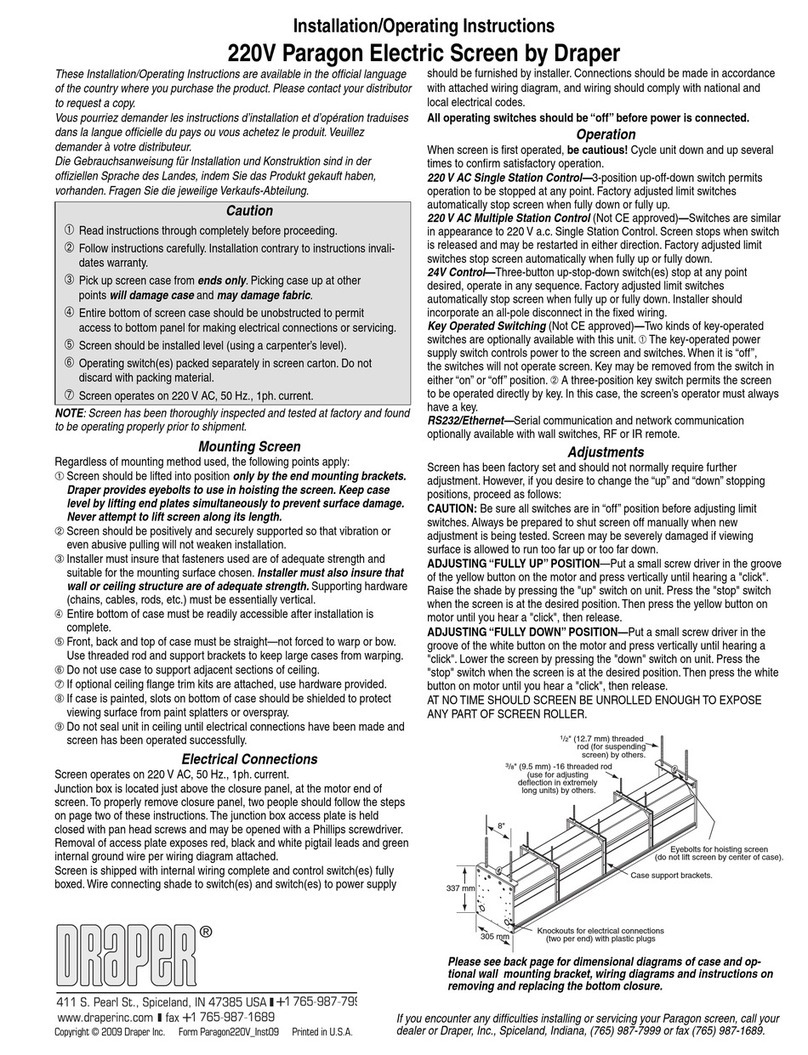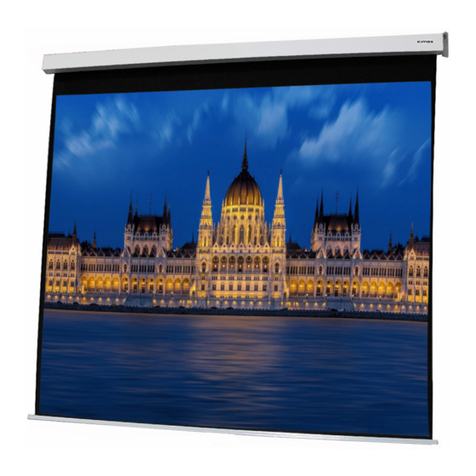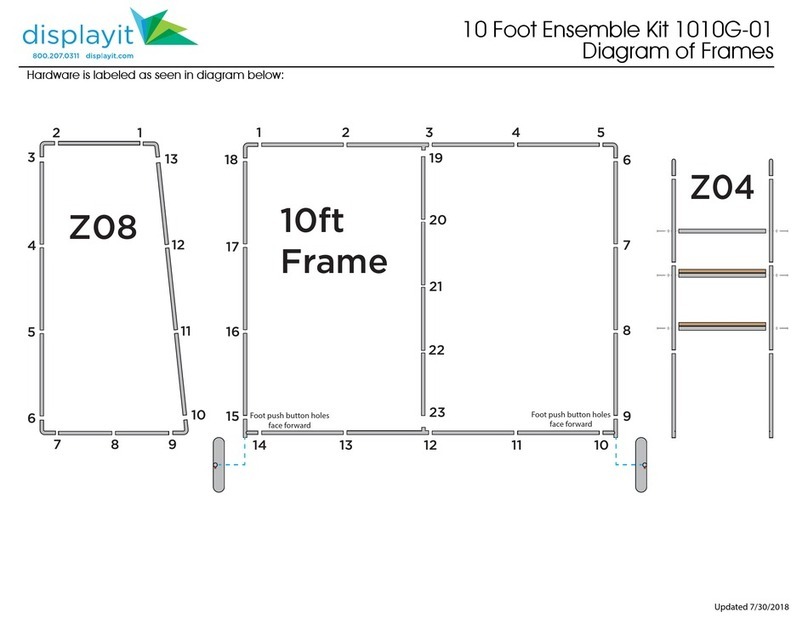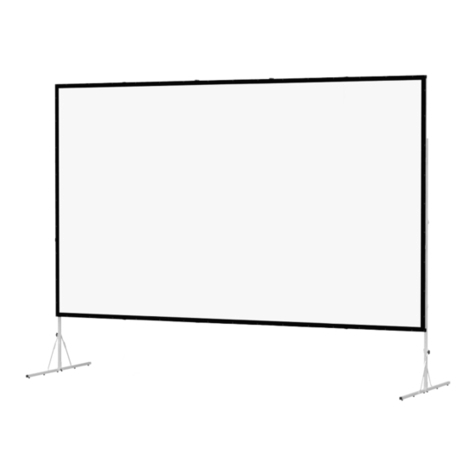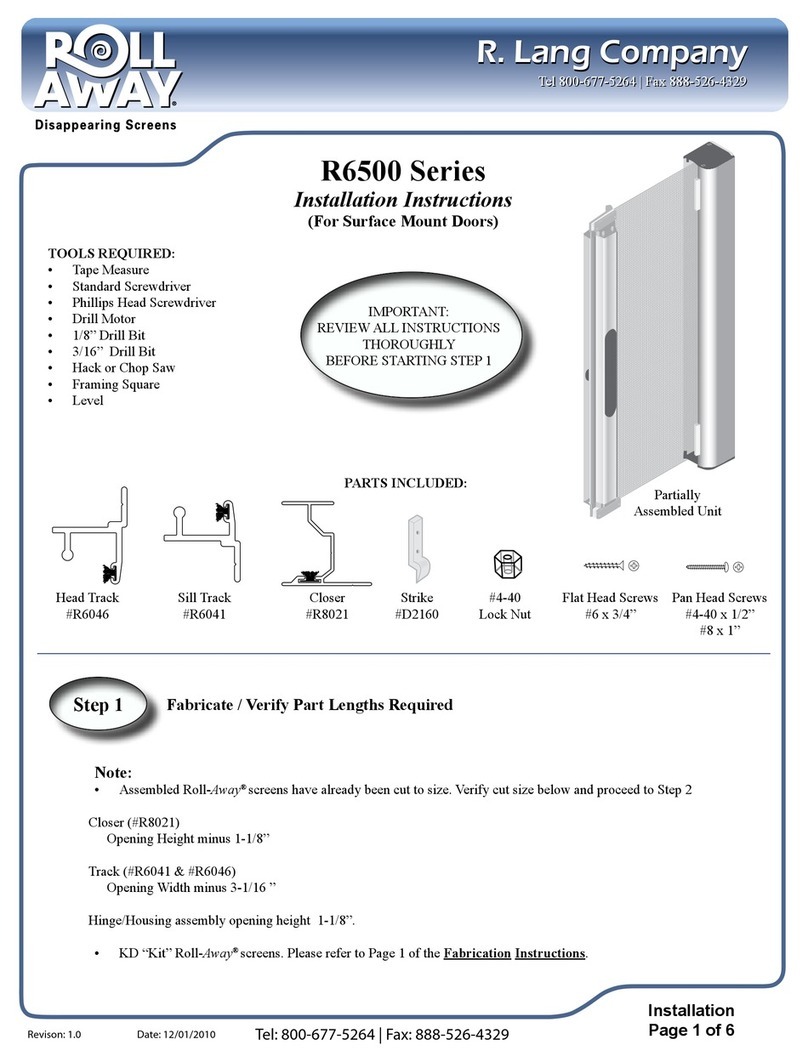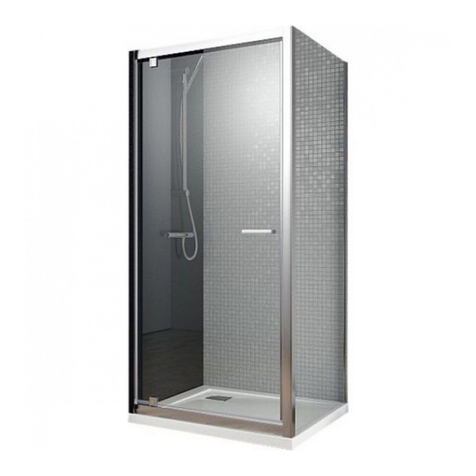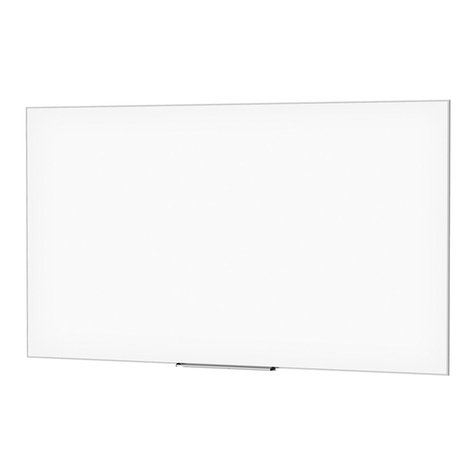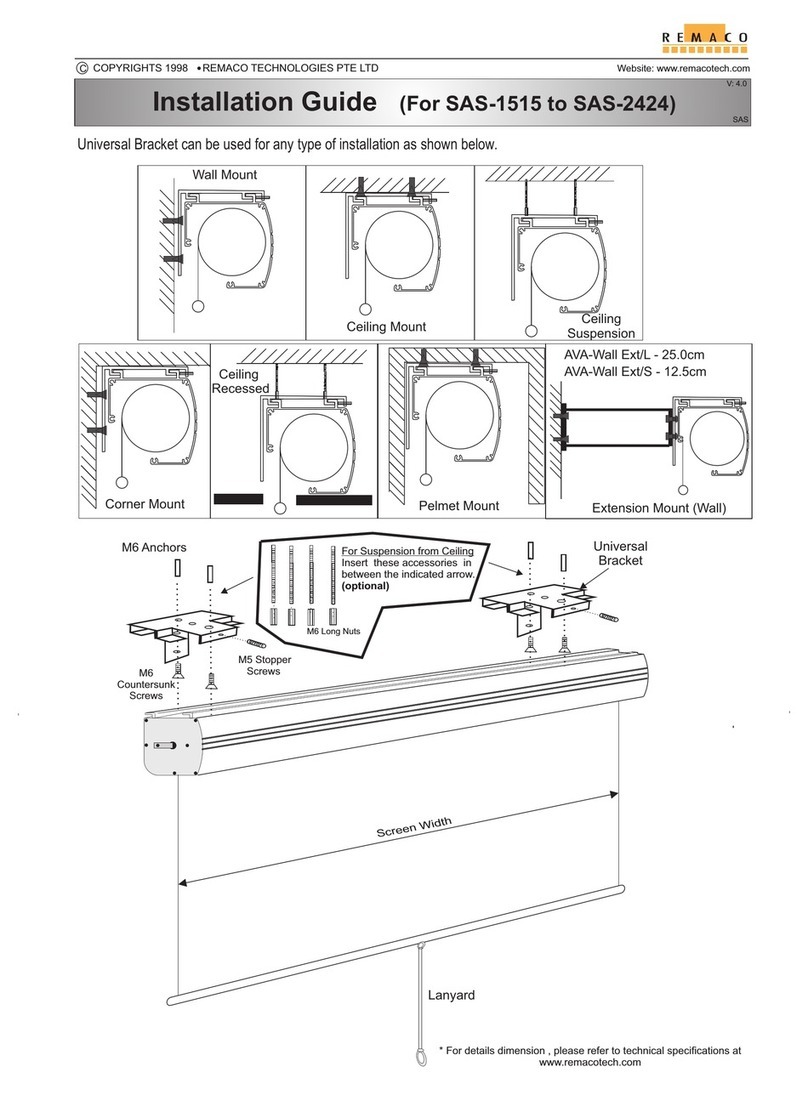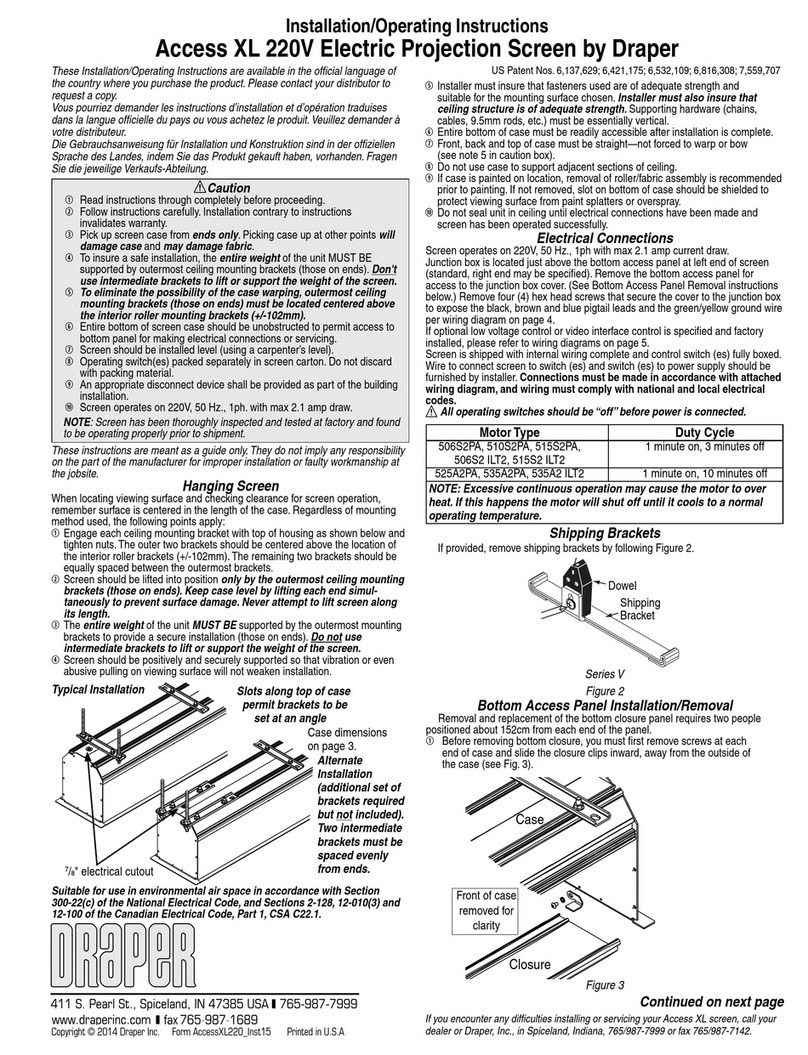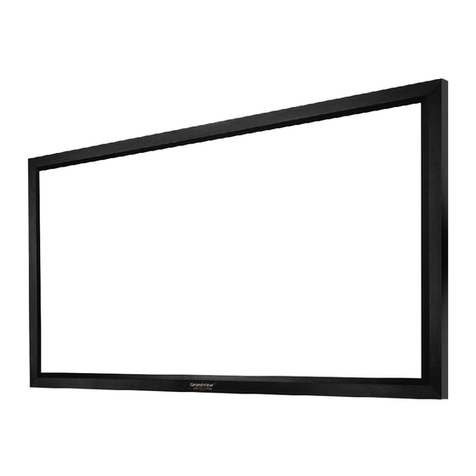
BM&M Screening Solutions Toll-free 1-800-663-0323
Note: After the equal hanger loading procedure is completed satisfactorily, the
Bottom Yoke bolts must be torqued to 480 ft-lbs., lubricated.
START-UP
Grease U-joints before start-up. Before starting the machine be sure that nothing
is fouling the screen and that all guards are in place. A new machine will have
high initial internal friction and high current draws during initial start-up. This can
also happen in cold weather. The high current state will rapidly drop as the
moving parts loosen up.
SHUT DOWN IMPORTANT
Once the power is shut off, it is absolutely essential that the machine be allowed
to come to a complete stop before restarting. To prevent accidental restarting, it
is advisable that a time-delay of 2 minutes be implemented in the starter circuitry
to prevent this from happening. Under no circumstances should the machine be
jogged on and off and it should never be reversed.
NOTE: The speed of the screen is set by the factory. The speed should
never be altered without explicit approval of BM&M.
SAFETY STRAPS
The BM&M Screen is suspended by four hanger assemblies. Should one of
these hanger assemblies wear out or fail due to lack of lubrication, the screen will
not fall since the remaining three hangers will continue to support the screen.
Failed hangers should be repaired or replaced immediately.
If this is not done and the screen continues to operate on three hangers then there is an
increased risk that one of the remaining three hangers will fail, which will allow the
screen to fall from its operating position. This would result in damage to both the screen
and the surrounding structure and any personnel located beneath the screen would be
at great risk. Hanger failures of this type are extremely rare and proper maintenance
procedures will virtually eliminate the possibility.
To eliminate the risk of human injury and machinery damage, safety straps should be
installed on all four corners of the screen, especially in areas where personnel work
beneath the screen or where a single hanger failure would not be detected.
These straps should be adequately sized and should be installed so as to not allow the
screen to drop more than 2 inches. Connections should be tight to prevent chafing, and
should be made to the four hanger brackets on the screen. See the drawing on page 10.




















